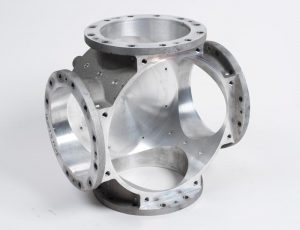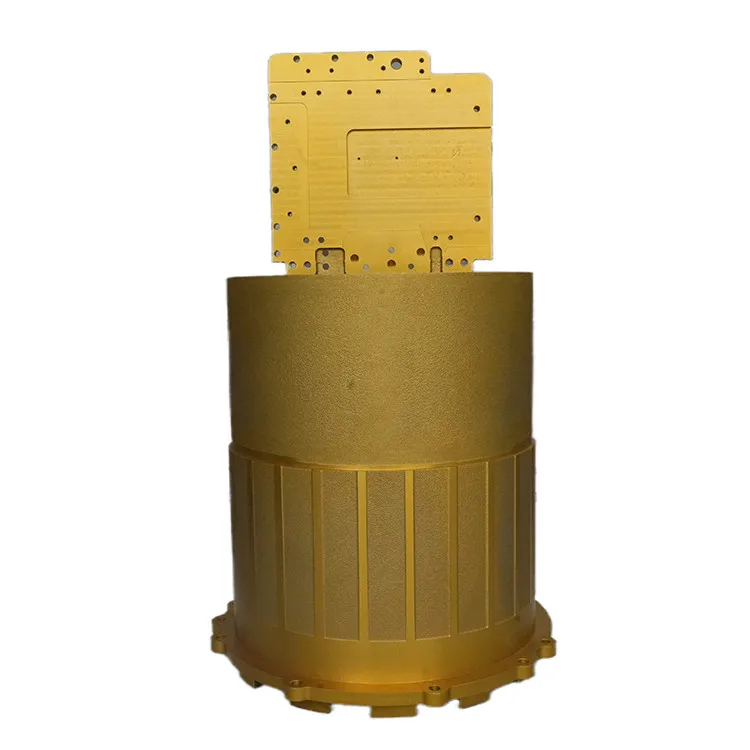Comprehending Aluminum Casting: A Comprehensive Guide to Its Benefits and Applications
Aluminum casting is a procedure that transforms liquified aluminum into strong kinds via different strategies. This method provides significant advantages, such as lightweight stamina and corrosion resistance. It locates applications in various sectors, mirroring its versatility. However, understanding the ins and outs of aluminum casting and its best methods can considerably affect the quality of the end product. Checking out these elements exposes real capacity of aluminum casting in modern-day production.
The Essentials of Aluminum Casting
Aluminum casting is a manufacturing process that changes molten aluminum into strong items via various methods. This procedure starts with home heating aluminum up until it reaches its melting factor, permitting it to flow into molds. There are a number of approaches of aluminum casting, including sand casting, die casting, and financial investment casting, each suitable for different applications based on style complexity and production volume.
In sand casting, molds are developed utilizing sand, offering versatility for detailed forms. Pass away casting involves forcing molten aluminum into a steel mold under high pressure, resulting in accurate and repeatable parts. Investment casting, on the other hand, uses a wax pattern that is coated with ceramic to create detailed elements.
After the aluminum solidifies and cools, the molds are removed, revealing the completed items. This casting process is essential in various industries, including auto, aerospace, and customer goods, allowing the development of durable and lightweight elements.
Benefits of Aluminum Casting
Among the essential benefits of aluminum casting depends on its capacity to generate light-weight yet solid elements. This special mix makes aluminum a perfect choice for different sectors, including vehicle, aerospace, and durable goods. The fundamental deterioration resistance of aluminum additionally improves the sturdiness of the cast elements, prolonging their life expectancy and minimizing the requirement for maintenance.
Furthermore, aluminum casting allows for elaborate designs and complex geometries, which can bring about a lot more effective and aesthetically pleasing items. The material's exceptional thermal and electric conductivity additionally expands its applications, especially in electronic devices and warmth exchangers.
Aluminum recycling is very effective, adding to environmental sustainability and decreasing manufacturing prices. Overall, the benefits of aluminum casting position it as a flexible and functional option for producers seeking to optimize efficiency while decreasing weight and source use.
Common Techniques of Aluminum Casting
While various techniques exist for aluminum casting, each technique supplies distinct benefits customized to particular applications. The most usual techniques consist of sand casting, pass away casting, and financial investment casting.
Sand casting, understood for its adaptability, uses sand molds to create intricate forms and is appropriate for both big and small production runs. Pass away casting, on the other hand, utilizes high-pressure shot of liquified aluminum into steel molds, leading to smooth surface areas and precise dimensions, making it optimal for mass manufacturing.
Investment casting, often referred to as lost-wax casting, involves developing a wax pattern covered with a ceramic covering. aluminum casting. When the wax is disappeared, molten aluminum is poured right into the dental caries, yielding elaborate styles and excellent surface coatings
Each of these techniques plays an essential duty in the aluminum casting landscape, providing particular benefits that provide to varying manufacturing needs and production ranges.
Applications Across Industries
The adaptability of aluminum casting approaches allows for a vast array of applications across various sectors. In the automobile field, lightweight aluminum parts boost fuel performance and efficiency, adding to the my blog growing demand for electric automobiles. Aerospace markets make use of aluminum spreadings for their strength-to-weight ratio, ensuring security and durability in airplane manufacturing.
The building and construction market take advantage of aluminum casting via architectural elements and structural components that resist corrosion and need marginal maintenance. In addition, consumer electronic devices makers use aluminum castings for structures and real estates, balancing appearances with capability.
In the aquatic sector, aluminum castings are preferred for watercrafts and marine devices as a result of their resistance to saltwater rust. Additionally, the clinical field utilizes aluminum spreadings in medical tools and equipment, making sure accuracy and reliability. Overall, aluminum casting's versatility allows it to fulfill the varied requirements of multiple fields, making it an essential production procedure.
Best Practices for Successful Aluminum Casting
Effective aluminum casting relies on a combination of cautious preparation, exact execution, and thorough quality assurance. Picking top notch aluminum alloys is necessary, as they straight influence the casting's buildings and efficiency. Correct mold and mildew design is crucial, assuring that it accommodates thermal tightening and decreases problems.
Throughout the melting process, preventing and keeping the proper temperature contamination are vital to accomplishing a consistent alloy. Additionally, utilizing reliable pouring techniques can boost the filling of molds, web decreasing the chance of air pockets or inclusions.
Post-casting, carrying out extensive evaluation methods, such as aesthetic evaluations and non-destructive screening, ensures that problems are recognized early. In addition, utilizing strenuous quality assurance steps throughout the process aids preserve consistency and integrity in the end products. By sticking to these finest practices, suppliers can substantially improve the success and performance of their aluminum casting procedures.
Regularly Asked Questions
What Precaution Should Be Taken Throughout Aluminum Casting?

Exactly How Can Issues in Aluminum Castings Be Minimized?
Flaws in aluminum castings can be decreased with mindful mold and mildew layout, proper temperature level control, making sure clean steel, using ideal pouring strategies, and conducting thorough assessments to recognize and deal with concerns prior to wrapping up the casting procedure.

What Is the Ecological Influence of Aluminum Casting?
The environmental impact of aluminum casting consists of energy-intensive procedures, greenhouse gas emissions, and source removal issues. Improvements in recycling and sustainable practices can minimize these impacts, promoting a much more environmentally friendly strategy to aluminum manufacturing.
Can Aluminum Casting Be Reused?
Yes, aluminum casting can be reused effectively. The reusing process calls for substantially much less power compared to key aluminum production, making it an eco-friendly choice that contributes to resource preservation and minimized carbon discharges.
What Are the Prices Connected With Aluminum Casting Processes?
Prices related to aluminum casting processes consist of product expenses, labor, devices maintenance, power intake, and mold fabrication. These variables can differ substantially based upon manufacturing scale, complexity of layouts, and certain manufacturing strategies employed.
Aluminum casting is a process that changes liquified aluminum into solid forms via various methods. Aluminum casting is a manufacturing process that transforms liquified aluminum right into strong objects through various techniques. While various methods exist Find Out More for aluminum casting, each approach offers distinct advantages tailored to certain applications. The environmental effect of aluminum casting consists of energy-intensive procedures, greenhouse gas exhausts, and source removal concerns. Expenses linked with aluminum casting procedures consist of product expenditures, labor, tools maintenance, energy usage, and mold construction.